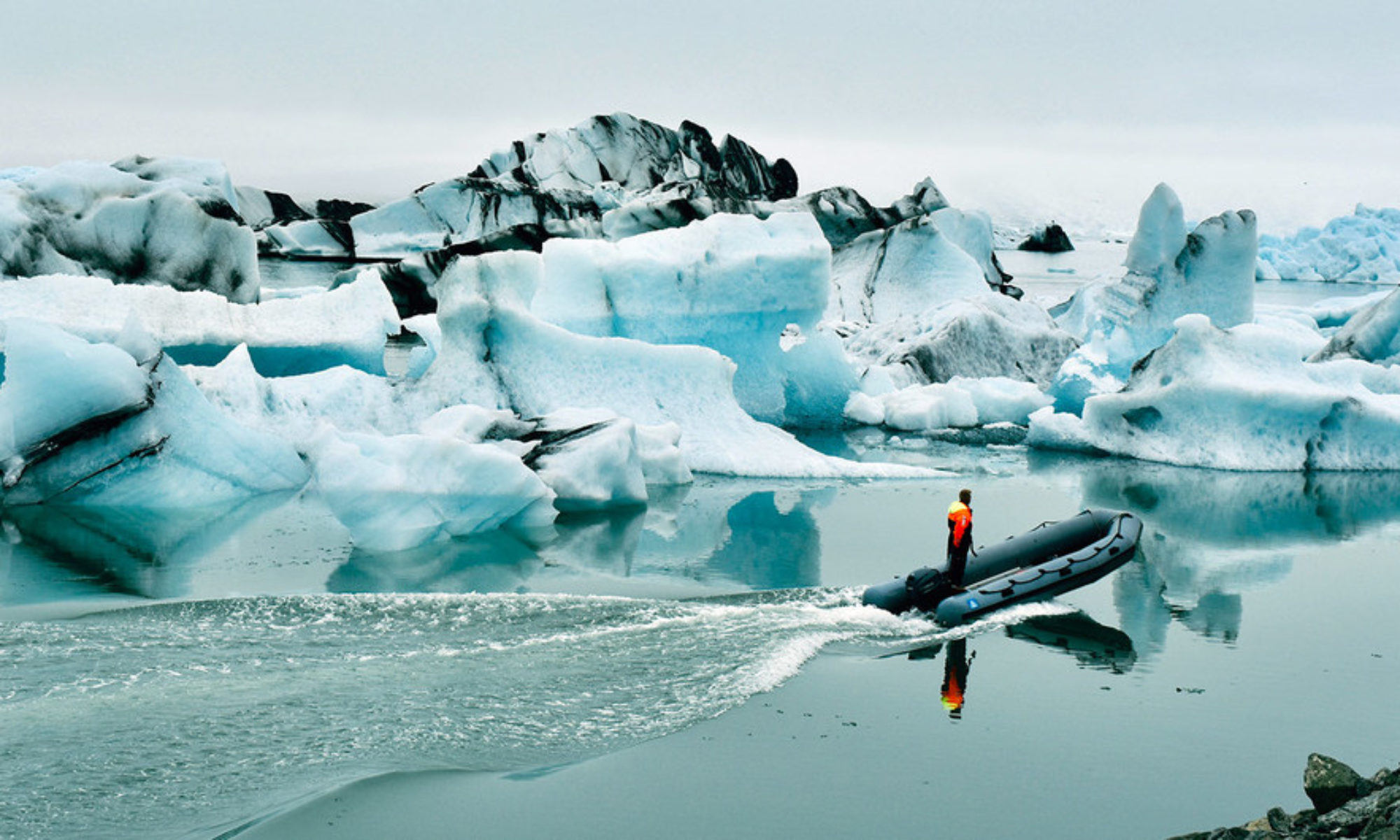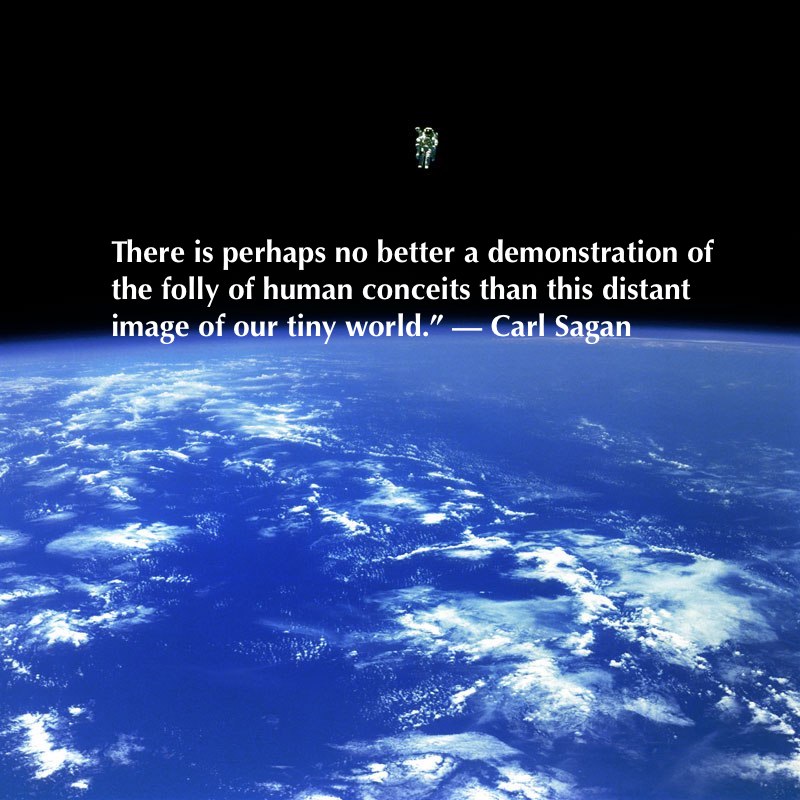Summary: This section describes the phenomena astronauts experience in space and how the body attempts to cope with these alien environmental conditions. In constant free fall, the body contrives interesting methods to acclimate to weightlessness and life without gravity, but to the detriment of the individual. After a space exploration, the body fails to readjust to the effect of gravity, incapacitating astronauts during reentry,
Eyeballs in and Eyeballs Out
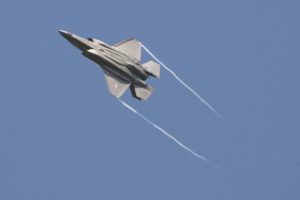
Humans mostly detect changes in acceleration. Positive g-force operates in the same direction as Earth’s gravity and causes the internal organs and blood to drop toward an individual’s feet. Negative g -force forces internal organs and blood towards the head, known as “eyeballs out.” At higher magnitudes, this force may cause some blood vessels in the head to burst. With increased g-force, the body feels heavier, skin sags, and standing seems impossible. At +3-g, color vision fades out, and soon vision loss occurs. At 12-g and higher, humans loss consciousness since the blood travels too far down from the heart. Also, as the diaphragm sags and lung gas exchange diminishes, breathing becomes virtually ineffective. Shorter people tolerate higher g-force since the distance from their heart to feet is considerably shorter.
Weightlessness
While gravity concentrates blood and tissues on the legs and lower body, the opposite occurs space. Astronauts’ faces swell, neck and facial veins stand out, leg volume decreases, and the eyes feel bulging. As the nose becomes blocked, the ability to smell and taste diminishes. The body acclimates and readjusts via reduced blood and body fluid volume. Without gravity, astronauts grow taller, produce less red blood cells, and destroy blood cells in blood marrow.
Sleep
Sleeplessness results from a disruption of the normal circadian rhythm regulated by earth’s day cycle. Due to constant free fall, astronauts also feel less secure in bed. Finally, there is no continuous air circulation, so hot carbon dioxide is not removed from the vicinity. Infection also occurs more easily since bacteria remain in airborne.
Space Sickness
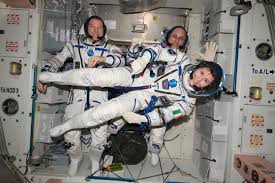 Space sickness causes dizziness, headaches, nausea, loss of appetite, lack of motivation, drowsiness and irritability. Precipitated by tilting one’s head, space sickness cannot be remedied easily since there is no fixed point of reference. Moreover, the body receives conflicting position signals from balance organs in the ears, muscle and joint receptors, and visual cues.
Space sickness causes dizziness, headaches, nausea, loss of appetite, lack of motivation, drowsiness and irritability. Precipitated by tilting one’s head, space sickness cannot be remedied easily since there is no fixed point of reference. Moreover, the body receives conflicting position signals from balance organs in the ears, muscle and joint receptors, and visual cues.
Paying the Price
Long-term effects from space flight include bone and muscle deterioration. Without Earth’s gravitational pull, bones thin as calcium leaches out (this can also cause kidney stones), putting astronauts at risk for osteoporosis. Muscles shrink, becoming susceptible to exercise damage. The heart muscles also shrink, reducing its size.
Cosmic Radiation
Astronauts experience exposure to galactic, solar, and trapped belt radiation. While not particularly potent, long-term exposure damages DNA and increases the risk of cancer, infertility, or genetic defects in one’s children. Solar flare radiation kills cells immediately and damages the nervous system, white blood cells, and gut cells.
Venturing into the Void
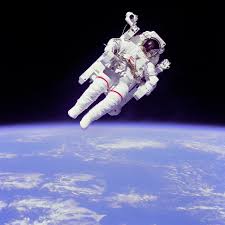 Like a personal spacecraft, spacesuits provide protection, pressure maintenance, an atmosphere, thermal stability, and in emergency situations, a food, water, and waste disposal. Lightweight and flexible, they minimize risk of the “bends,” and operate under extreme temperatures. However, body heat from exercise cannot escape, so overheating without adjustments becomes problematic.
Like a personal spacecraft, spacesuits provide protection, pressure maintenance, an atmosphere, thermal stability, and in emergency situations, a food, water, and waste disposal. Lightweight and flexible, they minimize risk of the “bends,” and operate under extreme temperatures. However, body heat from exercise cannot escape, so overheating without adjustments becomes problematic.
Coming Down to Earth
Orthostatic intolerance describes how weightlessness has changed the cardiovascular system substantially. To compensate, the body reduces fluid volume and promotes redistribution. Since this persists even after reentry, blood supply to the head reduces as one stands, causing these fainting spells. Blood volume decreases and leg blood vessels do not constrict as much as normal, pooling blood in the legs.
Muscle weakness also contributes initially but soon goes back to normal, while bone loss persists for much longer. Coming down, astronauts believe the world, is contently moving, which suggests that orientation sensors need a period of readjustment.
